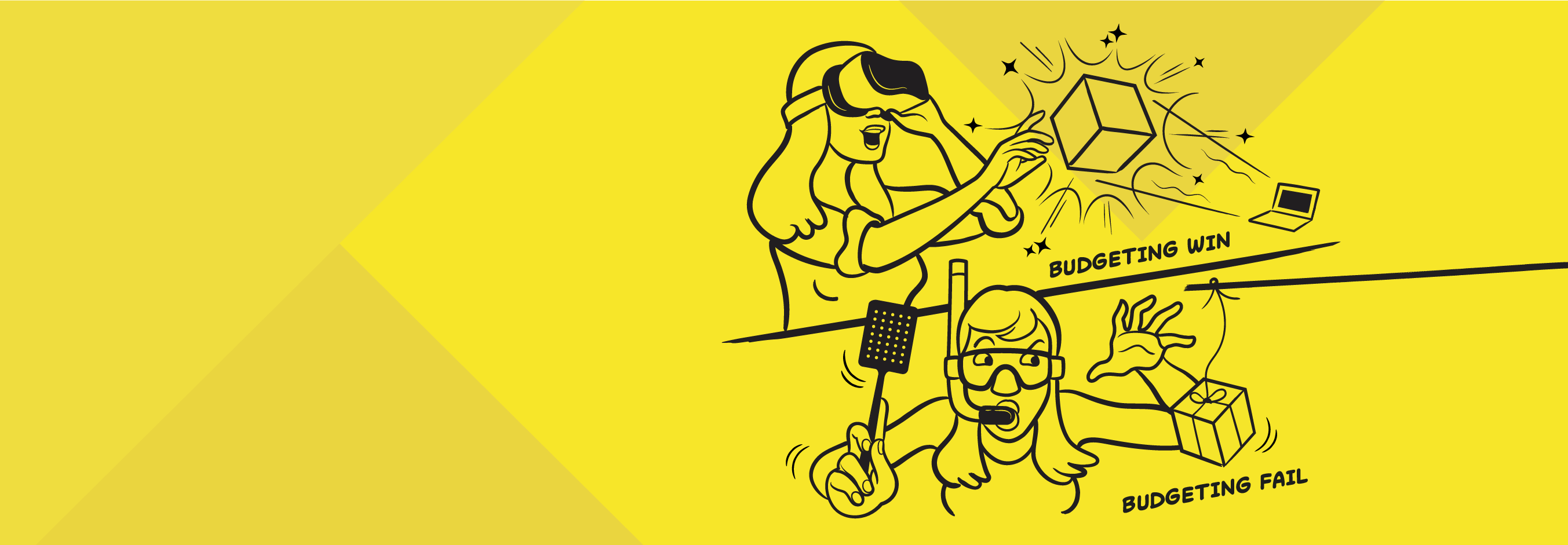Raising the curtain on innovation
How the Royal Shakespeare Company is pushing the boundaries of virtual storytelling.
Fine arts, dance and theater have been a huge part of my life for nearly 40 years. So, it’s no surprise that I connected with the Royal Shakespeare Company’s (RSC) truly groundbreaking presentation of Dream.
The RSC used motion capture, gaming and theater technology to create a performance inspired by A Midsummer Night’s Dream and set in a virtual, midsummer forest. The actors are performing live in Portsmouth, UK, but wear motion capture markers so that they can also appear as virtual characters, who guide us through the forest.

Photo by Stuart Martin (c) RSC
It was a deeply personal experience to witness the final performance from my home in Philadelphia. Having known first-hand that feeling of coming to the closing night of a show and the close ties made with your fellow ensemble members, I was really moved by the emotional moments that the cast shared in the Q&A segment at the end of the performance. One member of the virtual audience asked if the cast felt they were part of something new and there was a resounding ‘yes!’ from the ensemble. I felt it, too.
Being a part of something new is not unfamiliar territory for me. My journey as a creative has brought me from the arts to the world of training and corporate events. They aren’t as different as you might think, as high-quality content, innovative technology and great storytelling are at the heart of all of them. A workshop, a training event or a congress still needs to tell the right narrative to keep people engaged. It needs to hold them by the hand if you will, just as Puck does when he guides us through the theater ahead of the performance to set the scene.
“A Midsummer Night’s Dream” captured my attention at a young age, when I was cast to play the voice of the strong-willed Hermia in a marionette production. It’s quite the coincidence that the cast of Dream describes their virtual sprite characters as marionettes too. Using the same technology seen with gaming design, the 48 cameras on the 7-meter set captured the markers on every performer, giving the cast the puppeteering control of their forest-dwelling sprites in a vast 7-kilometer virtual setting (that’s a 23-foot set to a 4.3-mile forest to my US-based friends).

Image by Paul Mumford (c) Dream, 2021/Marshmallow Laser Feast/Paul Mumford
Event leaders can take a lot of inspiration from the strides being made in the artistic world right now; from that desire to see the current boundaries of a theater show and step over them. Allowing the audience to guide the fireflies with their own devices was an innovation in audience participation, demonstrating that shows with virtual audiences can still achieve great levels of engagement.
While the motion capture technology was spectacular, it’s also important to remember that some of the show was made on tech that the majority of us have at home. Cobweb’s lacy-framed eye was created on an iPhone and was one of the most visually captivating scenes of the night. In a year where we’ve all learned to react to changing times, this “democratization of the technology,” as RNC’s R&D team describes their approach, makes this type of experience much more accessible. As event leaders, it shows us that anything really is possible.

Image by Paul Mumford (c) Dream, 2021/Marshmallow Laser Feast/Paul Mumford
The opportunity now is to incorporate these techniques and technologies as the venues reopen, while retaining the emotional element of the event. All events should have a wow factor, whatever their purpose and whether they are virtual, hybrid or in person. Audiences deserve an unforgettable experience, with great storytelling and innovative, but accessible, technology. As the RSC has shown, turning that dream into a reality is very much within reach.



